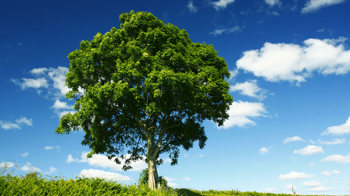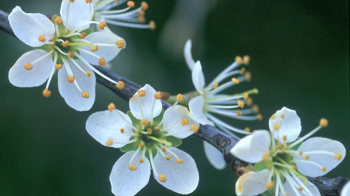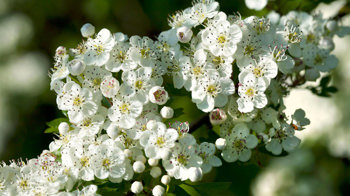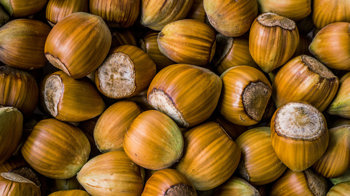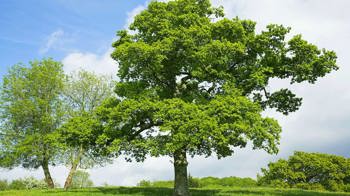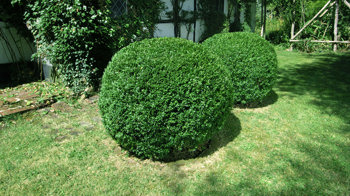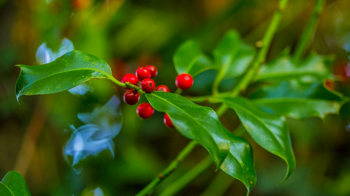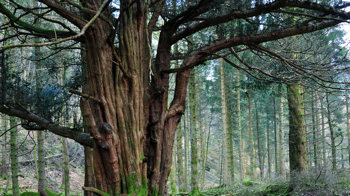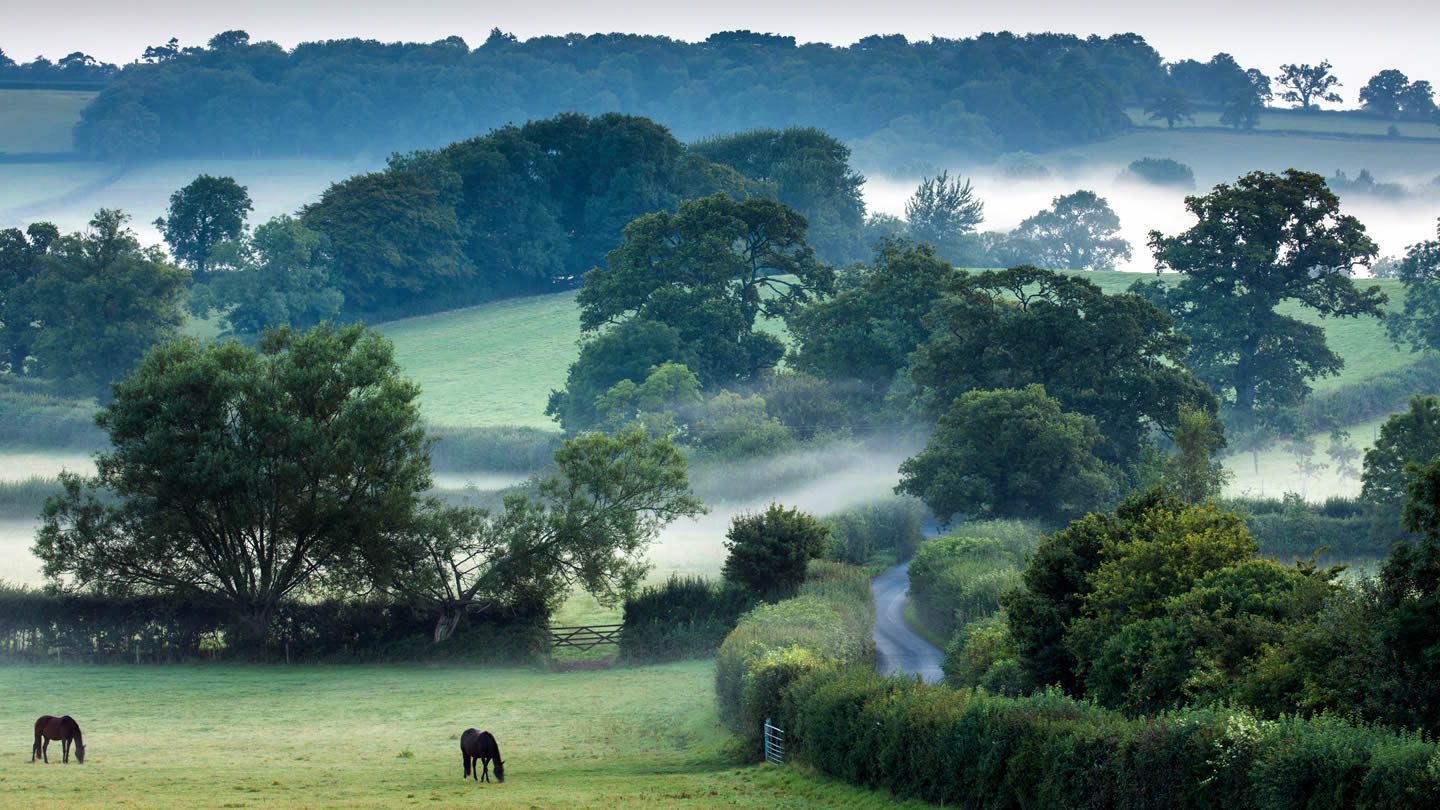
Lines of hedgerows dotted with trees are characteristic of the British countryside.
Credit: David Noton Photography / Alamy Stock
What is a hedgerow?
A hedgerow refers to a line of bushes, shrubs, or trees, often interspersed with grasses or other vegetation, that typically forms a boundary or barrier between fields or properties in rural areas of Britain.
Hedgerows serve various purposes, including marking property boundaries, providing habitats for wildlife, and offering windbreaks for crops.
They are a distinctive feature of the British countryside and have been historically significant in agriculture and land management.
Hedgerows are particularly important for species vulnerable to extinction in the UK, such as the Hazel Dormouse, providing breeding and hibernation habitats, food resources, and enabling populations to move through the landscape.
Visit the Woodland Trust’s page to find out more about the Hazel Dormouse.
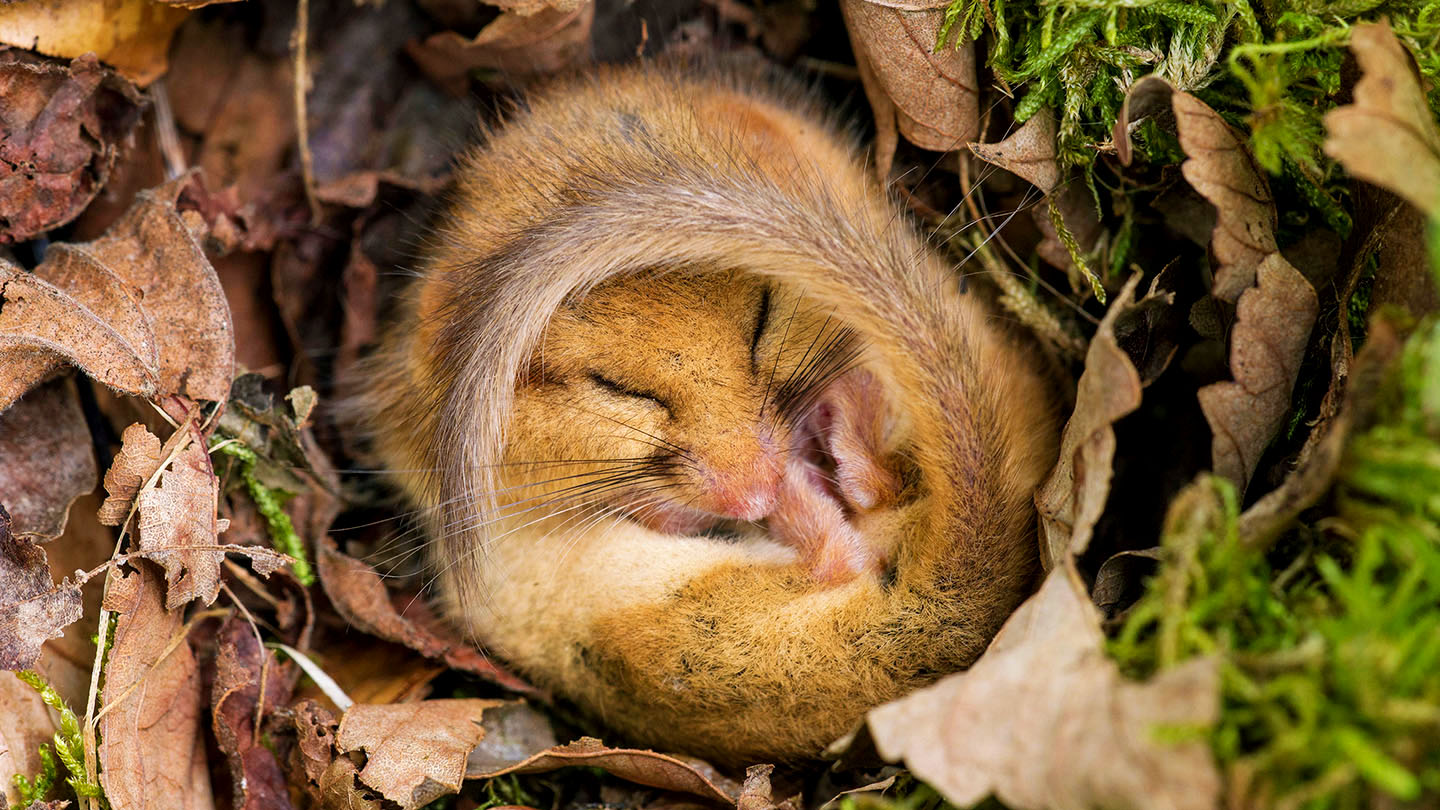
The hazel dormouse hibernates on the ground during the winter months.
Credit: Wild Dates Photography / Alamy Stock
Rural hedges are often a mix of shrub and tree species, such as hawthorn, blackthorn, hazel, ash and oak.
In more urban and landscaped settings, they are likely to include species like box, yew, privet and holly.
